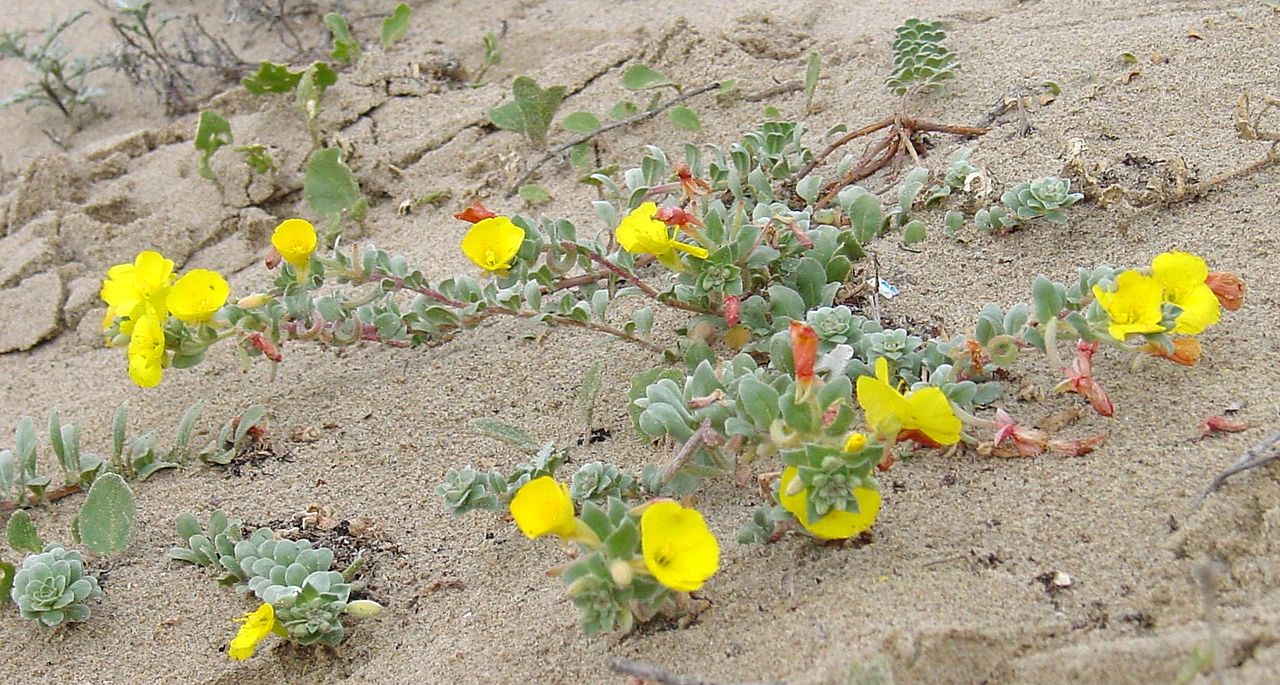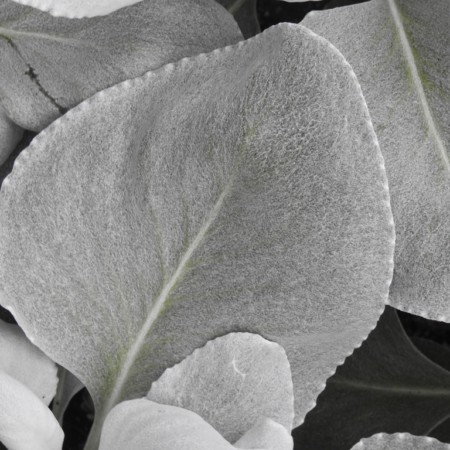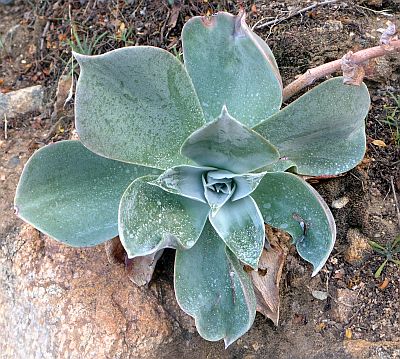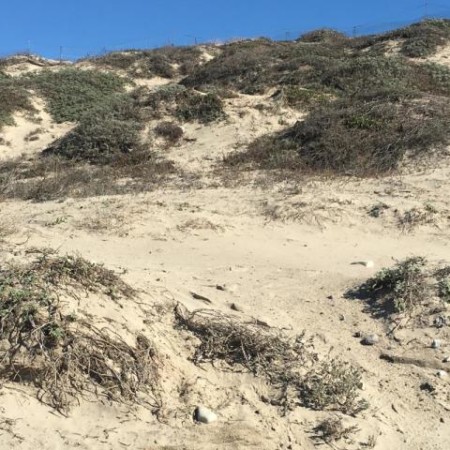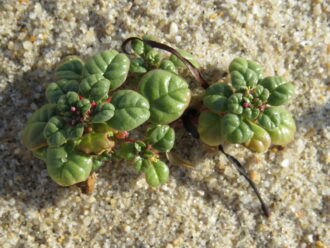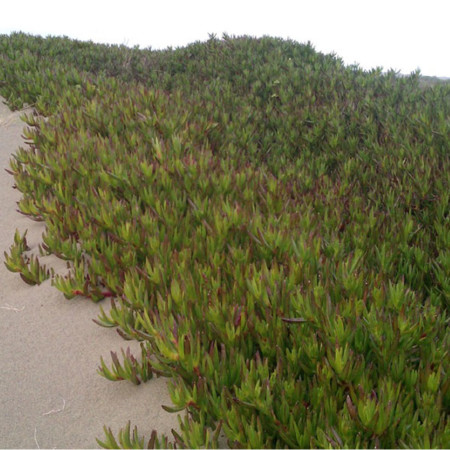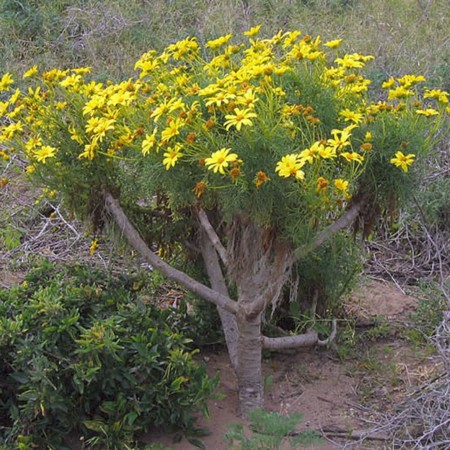Photograph = Camissonia cheiranthifolia (beach primrose, Noah Elhard)
Introduction
The ocean shores are home to many plants. Often the shores are inhospitable to plant life because sand loses water quickly, salt pulls water out of roots, water reflects intense amounts of sunlight, and ever-present winds dehydrate plants.
The Details
Plants along seashores are various. Many are low growing and avoid wind-blown sand. Many have roots that quickly absorb water after rains. Others can pull fresh water out of subsurface saltwater. Some are succulent and hold water for months until rainy seasons arrive. Still, others reflect the intense sunlight with silvery foliage.
Interestingly, while the body of the plants adapts to the harsh conditions of the beach, the flowers typically don’t change. Beach plant flowers resemble those of their inland cousin species.
Some of these adaptations can create beautiful landscape plants. While adapted to beach conditions, many beach-adapted plants thrive inland in ordinary or even rich soils. The silvery leaved Senecio candicans ‘Angel Wings’, creates a silver mound of foliage and is prized in gardens through zone USDA climate zone 8. ‘Angel Wings’ can even be grown as a house plant. Coastal Dudleyas are prized by succulent growers. Dudleya edulis, or Fingertips Live-forever, is a strictly coastal species in California; it makes a standout plant in any succulent collection with its upright cylindrical leaves. Scaevola taccada (beach cabbage) is a modestly succulent plant that is from Indo-China areas that are frost-free. It can be found in coastal areas, but it is cultivated in some gardens.
If you see plants with gray leaves, succulent leaves, or that withstand poor growing conditions, they may be beach plants. But, of course, the world has many plant habitats. Desert plants and beach plants often share many of the same adaptations: quick uptake of water after rains, silvery leaves, low growth, and succulence.
Additional Reading: Plants for Coastal Dunes
